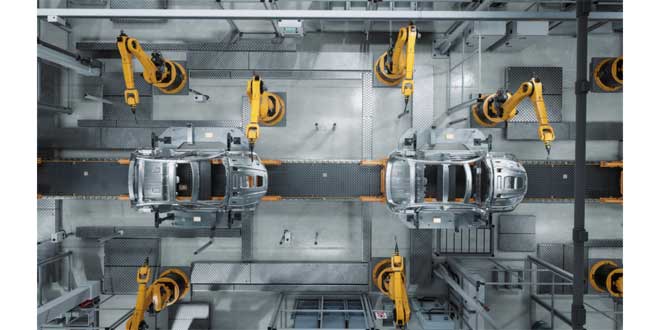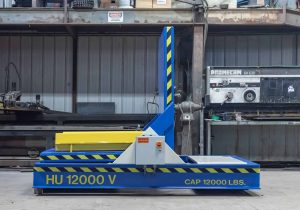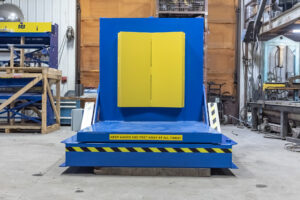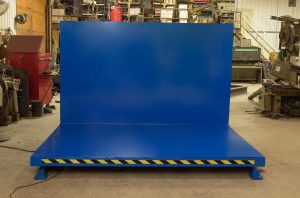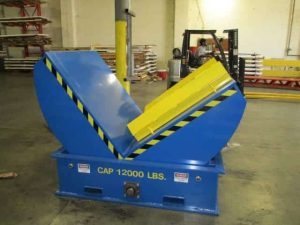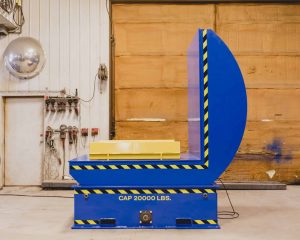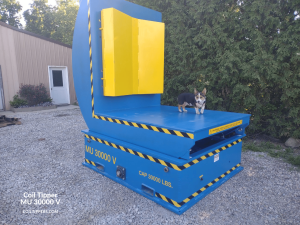By Aled Ellis, Managing Director at Needham Laser Technologies
When an industrial business is on the verge of expansion, its decision-makers must guarantee that its processes fulfil quality and regulatory standards. In addition, the new processes should enable the highest-quality output, allowing for continued future growth. Traditional marking and coding systems often fail to meet these criteria, especially to the standards that the robotics and electric vehicles industries require. Such systems frequently result in sacrifices in efficiency, quality, dependability, and output quality.
Laser marking technology has facilitated the growth of numerous production processes, ranging from the precise requirements of medical equipment to the stringent regulatory obligations of aeronautical engineering parts. The expansion of industrial robotics applications and the consumer demand for electric vehicles has given the sectors’ largest assembly lines a need for a marking method capable of giving consistent, trustworthy results.
The integration of robotic part marking
Robotics play an important part in modern manufacturing processes; they allow a growing organisation to increase its efficiency and fulfil the increasing demand for its products through the automation of key tasks. However, the expansion of industrial robotic applications introduces its own challenge: the need for an equally efficient process for coding and labelling robotic units.
The advancement of laser technology has enabled the large-scale, reliable deployment of robotic solutions throughout production and manufacturing lines all over the world – and the UK’s laser technology is at the forefront of this fully automated system.
Engineering with laser technology
The growing role of robotics is now seen across many of the UK’s industries, but no industry has required as much seamless integration as manufacturing and production engineering.
The manufacturing of robotic units is strongly reliant on identification and traceability to aid maintenance and accurately track parts that are distributed worldwide. It is therefore critical for businesses in the robotics and electric vehicles industries to accurately and permanently mark assets with precise identification in order to regulate and track them throughout their entire life cycle.
To adapt innovative technology into large-scale manufacturing production lines, each part must be traceable and tracked for quality assurance.
Laser marking systems surpass traditional rotary engraving or dot-peen systems and provide a permanent solution for serial codes, matrixes, component numbers, pictures, or lot coding, allowing for full unit identification, longevity, and quality tracking. This, in turn, allows for the broad use of robots at the core of a production line. The robotics sector is not the only industry with stringent traceability requirements; others, such as electric cars, enable the safe manufacture and delivery of large-scale consumer products.
The use of laser engraving in the automobile industry
The demand for electric vehicles has never been stronger, which has resulted in the government implementing rigorous traceability laws to ensure accountability for the safety of vehicles on our roads.
Every vehicle must have a Vehicle Identification Number (VIN); this applies to cars, buses, motorcycles, agricultural equipment, and construction equipment. The 17-character identifying number allows investigators to trace a specific vehicle to its manufacturer. This may prove vital, as the rise of electric cars introduces issues of counterfeit or discontinued car parts being used, and these may pose dangers when they are not traceable or correctly identified.
Aside from being used to mark VINs wherever it is needed, laser engraving enables automakers to mark their own products, whether for monitoring – which is critical if businesses need to recall defective parts on a national scale – or for branding purposes. Laser marking allows for a non-contact, efficient application of a design that does not compromise the material’s integrity. Furthermore, in automotive applications where precision is critical, laser marking and coding enable the replication of accurate marks with no variation.
Vehicle marking can take the form of QR codes, which are excellent for expressing a wide range of information, including serial numbers and barcodes. For example, depending on the application, a person can learn when a machine or piece of equipment was last serviced by scanning the laser-engraved barcode with a smartphone.
When it comes to aerodynamics, the issue of component marking is also eliminated; lasers generate permanent markings on the surface rather than etching into it; the impact is so little that Formula 1 manufacturers employ laser marking on parts tested in their wind tunnels used for precision testing. Formula 1 engineers, alongside those in the aerospace industry, analyse the aerodynamic performance of specific parts, with the aim of finding no registered impact from etching – which laser marking guarantees.
Laser marking systems offer unrivalled innovative solutions for the easy integration of coding and marking systems on a production line. With fewer moving components, laser engraving is a cost-effective technique to raise a production level to any scale, efficiency, and quality it aspires to reach.

